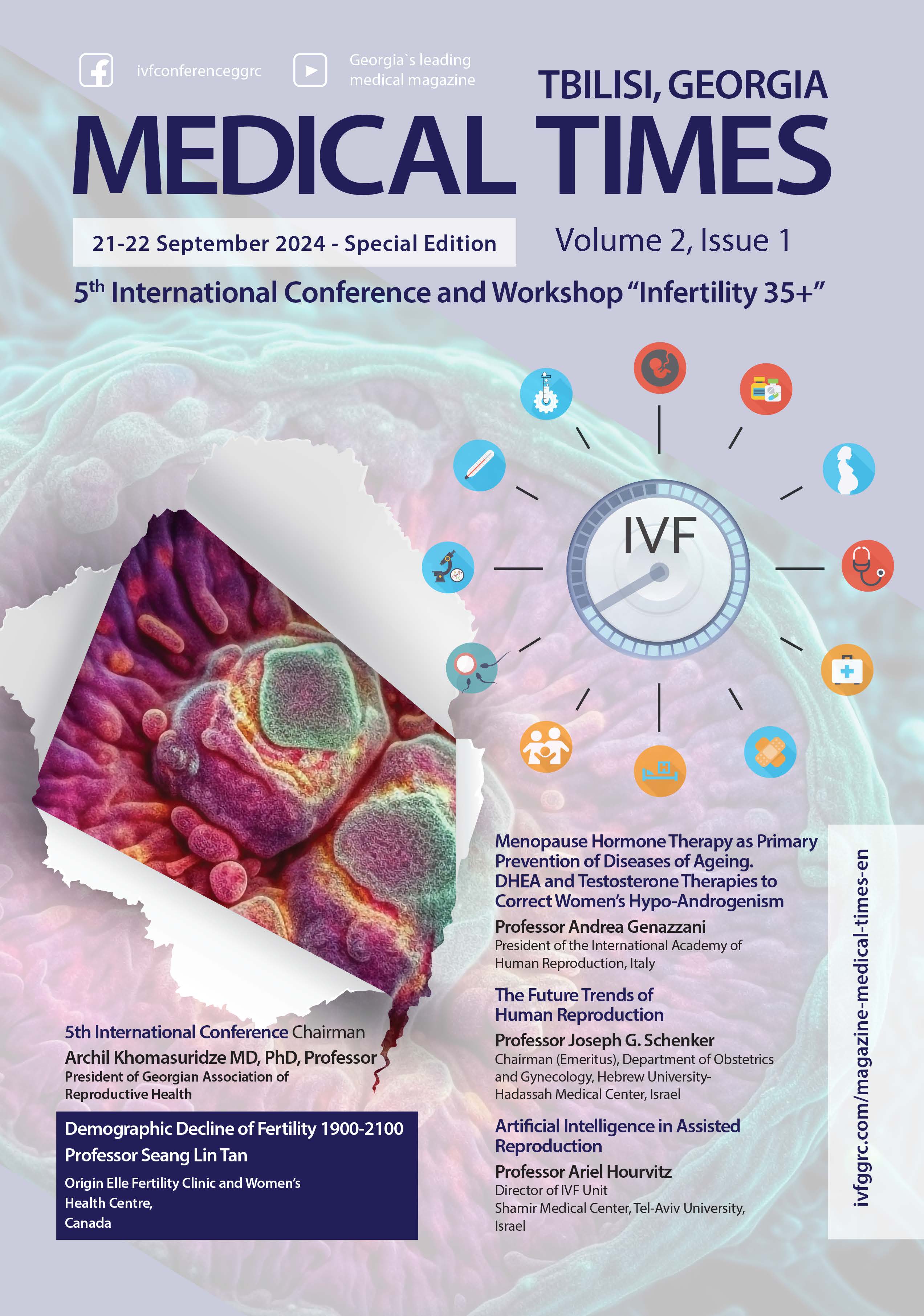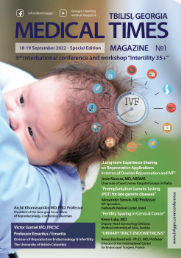Phenotypic Characteristics of Peritoneal Tumor Implants in Ovarian Epithelial Tumors: A Critical Review
DOI:
https://doi.org/10.71419/mtggrc.2024.18Keywords:
peritoneum, implants, microenvironment, prognostic markers, ovarian epithelial tumorsAbstract
Ovarian borderline malignancies are heterogeneous in 80-90% of cases and are characterized by a favorable prognosis, while in 10-20% of cases, peritoneal implants form and relapse occurs. The presence of peritoneal implants has uncertain predictive value. According to some authors, they undergo regression, and in some instances, long-term survival is observed despite the presence of disseminated implants. Implants are also classified into invasive and non-invasive types. Such a classification may have predictive value, so it is an active study area. According to recent studies, cytokines secreted by macrophages induce angiogenesis by ovarian tumors and evade immune surveillance. The frequency of macrophage distribution in the mesothelium may indicate disease spread and be associated with broader tumor dissemination. The role of the peritoneum in tumor dissemination processes is an active area of research. The development and metastasis of ovarian epithelial carcinoma are associated with fibrosis, one of the driving forces in the epithelial-mesenchymal transition process. Therefore, deciphering the regulators of epithelial-mesenchymal transition in ovarian epithelial tumors is necessary to develop new therapies to prevent metastatic spread and improve patient survival rates.
Thus, the correct identification of peritoneal implants is an essential factor. Although there are histological criteria to distinguish invasive from non-invasive implants, differentiation can be difficult. Additionally, little is known about the molecular-genetic basis of implants. This issue requires further research to determine diagnosis, treatment methods, and prognosis accurately.
Downloads
Published
Issue
Section
License
Copyright (c) 2024 Nikoloz Saraule, Rema Gvamicava, Nino Kantaria, Shota Kepuladze, Giorgi Burkadze (Author)

This work is licensed under a Creative Commons Attribution 4.0 International License.
In case an article is accepted for publication it is allowed to combine the article with other research, to conduct new research on the article, or to make different arrangements on condition that the same license is used including commercial purposes.
As an author of an article published in the Medical Times, you retain the copyright of your article and you are free to reproduce and disseminate your work.














